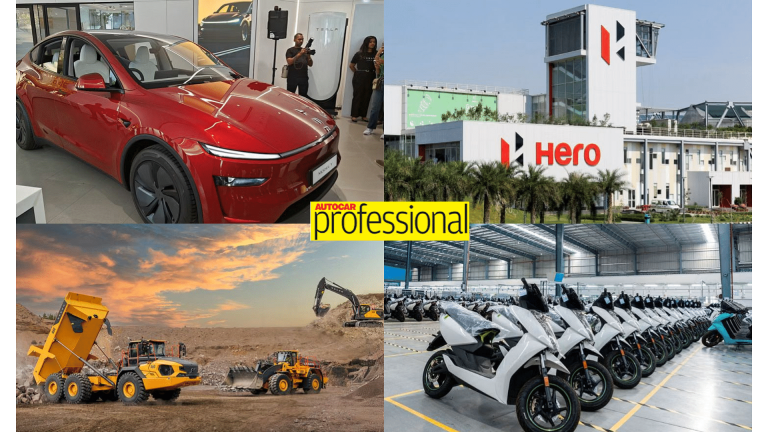India’s Electric Two-Wheeler Revolution: A Battle Between Legacy and Startups
The Indian two-wheeler market is undergoing a seismic shift, propelled by the burgeoning electric vehicle (EV) sector. While startups have initially spearheaded this revolution, established automotive giants, or “legacy players,” are now aggressively entering the arena. This has ignited a fierce competition, raising the crucial question: will legacy players leverage their established market presence and resources to overshadow the innovative startups that pioneered the electric two-wheeler segment?
Startups: The Agile Pioneers
Startups like Ola Electric, Ather Energy, and Okinawa have played a pivotal role in popularizing electric two-wheelers in India. Their early adoption of cutting-edge technology, coupled with innovative marketing strategies, has successfully captured the attention of environmentally conscious consumers and early adopters. These companies have focused on developing feature-rich electric scooters with attractive designs, long ranges, and smart connectivity options. Furthermore, their agility and flexibility have allowed them to quickly adapt to evolving consumer demands and market trends. However, startups face challenges in scaling production, establishing robust supply chains, and building a widespread service network.
Legacy Players: The Giants Awaken
Recognizing the immense potential of the electric two-wheeler market, legacy automakers like Bajaj Auto, TVS Motor Company, and Hero MotoCorp have begun launching their own electric offerings. These established players possess significant advantages, including extensive manufacturing capabilities, well-established distribution networks, and brand recognition built over decades. Their deep pockets allow for substantial investments in research and development, enabling them to quickly catch up with, and potentially surpass, the technological advancements of startups. Moreover, their existing customer base and trusted service networks provide a strong foundation for market penetration.
The Battleground: Price, Performance, and Reach
The competition between legacy players and startups will ultimately be decided by factors such as price, performance, and reach. Startups have initially focused on the premium segment, offering high-performance electric scooters with advanced features. Legacy players are likely to target a broader market, including the price-sensitive segment, by offering a range of electric two-wheelers at competitive price points. The ability to scale production and establish an extensive distribution and service network will be crucial for both legacy players and startups to capture market share.
The Future: Collaboration and Coexistence?
While competition is inevitable, there is also potential for collaboration between legacy players and startups. Legacy players can leverage the technological expertise and innovative spirit of startups, while startups can benefit from the manufacturing prowess, established distribution networks, and financial resources of legacy players. Strategic partnerships and acquisitions could emerge as a mutually beneficial strategy, accelerating the growth of the electric two-wheeler market as a whole. Ultimately, the market is large enough to accommodate both legacy players and startups, and a diverse ecosystem is likely to emerge, offering consumers a wider choice of electric two-wheelers.
The Regulatory Landscape: A Catalyst for Growth
Government policies and incentives play a crucial role in shaping the electric vehicle market. The Indian government’s push for electric mobility, through initiatives like the FAME II scheme and various state-level subsidies, has created a favorable environment for the growth of the electric two-wheeler segment. Continued government support, along with the development of charging infrastructure and battery swapping technology, will be essential for sustained growth and wider adoption of electric two-wheelers.
Conclusion: A Transformative Era for Indian Mobility
The Indian electric two-wheeler market is at a crucial juncture. The entry of legacy players has intensified the competition, creating both challenges and opportunities for startups. Ultimately, the consumer will be the biggest beneficiary of this competition, with a wider choice of electric two-wheelers at various price points and features. The combined efforts of legacy players and startups, along with supportive government policies, are poised to transform the Indian two-wheeler market, paving the way for a cleaner, greener, and more sustainable future of mobility.


